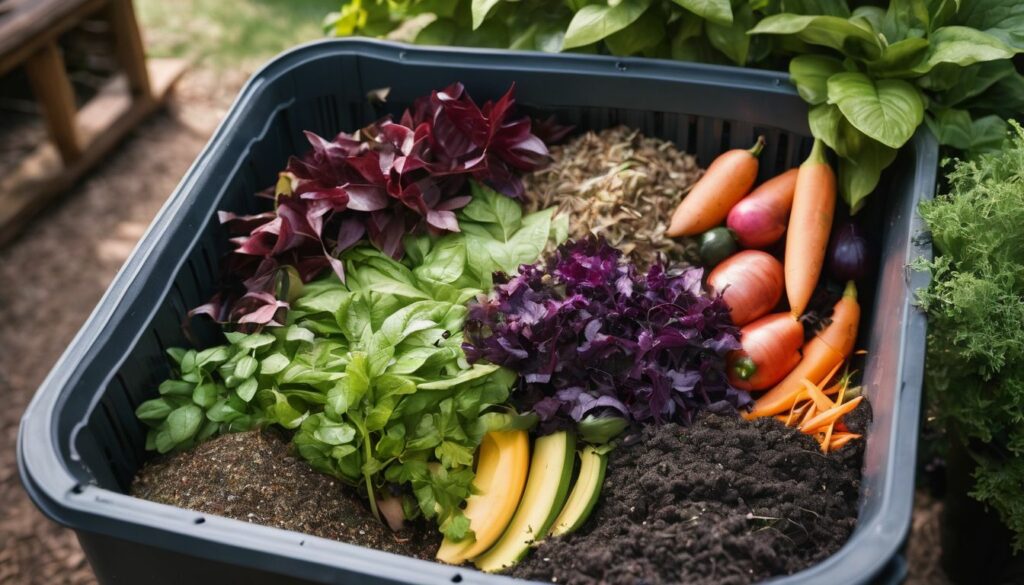Rabbit used to be fairly available in stores and restaurants. Of course, that we over fifty years ago in most areas. Now, it’s almost impossible to find unless you trap, hunt, or raise rabbits for meat. A lot of people are uncomfortable eating rabbits, and that’s understandable. Rabbits aren’t overly difficult to raise for those who can get past this.
Several ways to supplement your current budget for feed and supplies are available for meat rabbits. Backyard breeders can sell their young stock, which is worth more alive than meat. However, it is essential to invest in feed in bulk and in quality rabbits for your operation. The following is a brief outline of the steps to raising a meat rabbit. Read on to learn more and hopefully you be able to determine what breeds are best for meat rabbits.
Breeds of meat rabbits
There are many breeds of meat rabbits to choose from. While most rabbits produce large litters and are easy to care for, some have more desirable traits. For example, the White Rabbit is docile, produces large kittens, and has good mothering instincts. The Belgian White Rabbit is also one of the largest meat rabbit breeds, reaching a mature weight of 15 pounds or more. Another popular meat rabbit breed is the German White Rabbit, which is commonly kept as a pet. While the White Rabbit has a mild flavor, it is smaller than other meat rabbit breeds.
The most popular meat rabbit breeds are Californian and New Zealand. New Zealand’s grow rapidly and usually reach five pounds at eight weeks. They have ruby eyes and a silky coat that feels like velvet. Rex meat rabbits take a month to reach harvest age. The meat from both breeds is excellent for table scraps and pet use. Breeds of meat rabbits depend on individual preferences. Those who want a large, fast-growing meat rabbit can choose the Californian breed or the New Zealand White crossbreed.
Before choosing a breed, consider the type of market you are targeting. Are you raising meat rabbits for domestic consumption, laboratory use, or Angora wool? Whether you’re raising meat rabbits for meat or for the sake of Angora wool and skins, consider the cost of transportation. And don’t forget about the rabbit’s safety. Rabbits are vulnerable to Pasteurella, a disease that kills people and livestock.
Feeding them
When it comes to feeding your meat rabbits, a commercial pellet diet is the most popular choice. These pellets are balanced in all the essential nutrients and include grains, alfalfa, soybean meal, and vitamins. The intestines of meat rabbits produce vitamin B-complex and C. However, they need Vitamins A, D, and E to grow properly. A variety of greens is an essential part of a rabbit’s diet.
Fiber components in rabbit diets affect intestinal villus height, muscle layer thickness in the duodenum, and crypt depth in the duodenum and ileum. A study performed by Gomez-Conde and colleagues showed that dietary fiber significantly influenced villus height and crypt depth in the duodenum and ileum. Animal feed containing these byproducts can provide extra revenue and improve growth performance.
Meat rabbits can be any of the common breeds, from New Zealand whites to Californians. All of these varieties are fast-growing and have large litters. However, you must pay special attention to the meat rabbit’s size, as larger meat rabbits produce more bone than meat. You can also buy meat mutts, a cross of breeds that are bred specifically for meat production. These rabbits are often white or light-colored, so they have less hair on the meat.
Growing a litter
When you are raising a litter of meat rabbits, you will want to keep in mind some basic guidelines to ensure the animals’ welfare. You will want to provide them with a clean, cool place to drink water at all times. You can also provide them with lettuce leaves and other vegetables that you are not eating yourself. Aside from vegetables, meat rabbits also eat lettuce leaves, potato peelings, and even beets, carrots, turnips, and parsnips. For grain sources, rabbits can eat whole grain cereals, dry bread, and stale crackers.
For your rabbits’ health, you should make sure they get the same foods each day. You can do this by transferring them from a poorly ventilated building to an area with large trees or shrubs. It is also a good idea to move them from the house to the yard so they can have fresh air. If the weather is hot, you should keep the animals in a shaded area. Keep in mind that a rabbit can’t live off candy.
Meat rabbits are efficient breeders. A female rabbit can produce a litter within one month of conception. The male will be a bit stiff and appear dead, but he will get over it and regain his composure. Meat rabbits can also be sold to meat processors and butchered by amateurs. They are a great source of meat, and they will keep your family well-fed.
Slaughtering a rabbit
If you raise meat rabbits, you will have to perform butchery at some point. This is part of living a back-to-basics lifestyle, but not everyone enjoys dispatching the animal. Especially if the animal isn’t suffering or ill, this task can be emotionally difficult. Here are some tips to help you deal with this unpleasant experience. Follow the steps outlined below and you’ll be well on your way to raising meat rabbits.
To prepare the skin, hang the rabbit by its feet. Begin by making slits in the skin around its feet. The skin should look like sock feet. Start from the foot area and cut across the center of the rabbit. Continue until the inside of the rabbit’s legs is visible. After the skin has been removed, tan the rabbit’s skin with food-safe dye.
After the skins have been removed, the meat is ready to be sold. The meat of the rabbit can be ground or made into jerky. If you save the skins, you can sell them for up to $1.50 per pound. Whether you prefer to cook the meat yourself or have it ready for consumption, it can be an excellent source of protein and low-fat protein.
Housing them in hutches
Meat rabbits can be housed in either outdoor or indoor hutches. Choosing an appropriate size and style depends on the needs of the rabbits. Generally, a medium-sized hutch is 24 x 30 inches by 56 inches. Indoor hutches should be built with wired areas for fresh air and protection from predators. If space is not an issue, wire cages are a good choice.
Although many meat rabbits can be raised in backyard colonies, they should still be housed in separate hutches. This is because of the possibility of fighting or dominance issues. In addition, raising rabbits for pets or for pelts may require housing them separately. In this case, it’s easier to control breeding and ensure that no one will get pregnant in another hutch. If you decide to house your rabbits together, you should make sure that they are not too close in size to one another.
If space is an issue, consider stacked cages. They’re ideal for apartment complexes and small homes and also work well in garages and basements. However, these cages require drop pans to collect waste and need to be emptied regularly, especially during the summer months. Also, consider using natural carbon to reduce odor. As a last option, housing your meat rabbits in hutches is a good choice for those who want to save money on space.
Cleaning their hutches
There are a number of steps involved in cleaning meat rabbit hutches. Before cleaning, the hutch should be empty. Once empty, use a rabbit cage and hutch cleaner to get rid of any remaining waste. Rinse all equipment and materials, including the rabbit’s bedding. If possible, replace bedding with new, clean materials to minimize the smell. To prevent contamination of the environment, make sure to use disinfectants.
Use a white vinegar solution to disinfect the cage. Mix one part white vinegar with two parts warm water. Fill a spray bottle and spray the hutch with the mixture. You may also use bleach, but it’s advisable to wear gloves when using it. In case you decide to use bleach, be sure to follow the instructions carefully and wear protective eyewear and heavy-duty gloves. After cleaning, make sure to dry the hutch thoroughly with direct sunlight to ensure the safety of your pet.
If you own a meat rabbit, you’ll need to clean the hutch regularly. Once a week, clean it thoroughly by removing excess bedding and scraping off dead skin. Rabbits may also urinate on hay to mark their territory. A regular cleaning regimen can keep your hutch free of bacteria and keep your rabbit comfortable and healthy. But remember that cleaning the hutch is not an enjoyable task.
Care of their necks
A critical part of keeping rabbits for meat production is the proper care of their necks. While raising meat rabbits requires sacrificing your rabbits on a regular basis, they are not as cruel as you might think. If you properly care for their necks, you can have your rabbits for many years to come. However, you should remember that killing a rabbit is a tough process, and the task of breaking its neck can be heartbreaking.
Compared to cattle, raising meat rabbits doesn’t require any special equipment. All you need is a good knife to properly break the neck. The meat from a rabbit is a high-protein, low-fat delicacy, and you can eat it in a couple of weeks. The best part about raising meat rabbits is that they are easy to raise and will give you lots of delicious meat.
After you kill the rabbits, you should rinse the meat off their necks and store it in the freezer. Once they are dead, you can either cut them up or freeze them whole. To store the meat, it is best to put them in a plastic bag and refrigerate them for at least 24 hours. During this time, they will undergo a process known as rigor mortis. However, if you want to freeze the meat immediately, you should keep it refrigerated. When cooked, rabbit meat can be added to almost any recipe.





